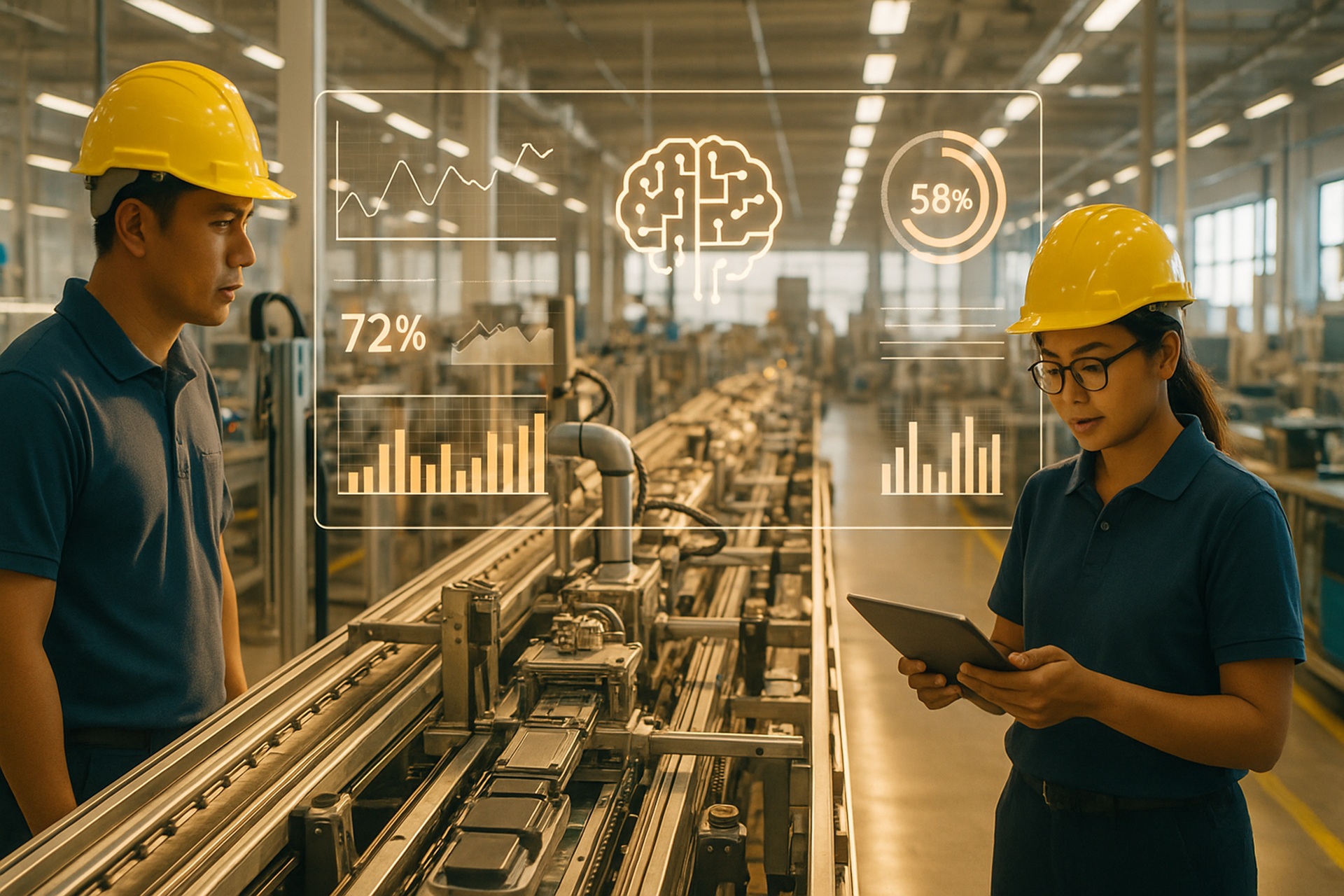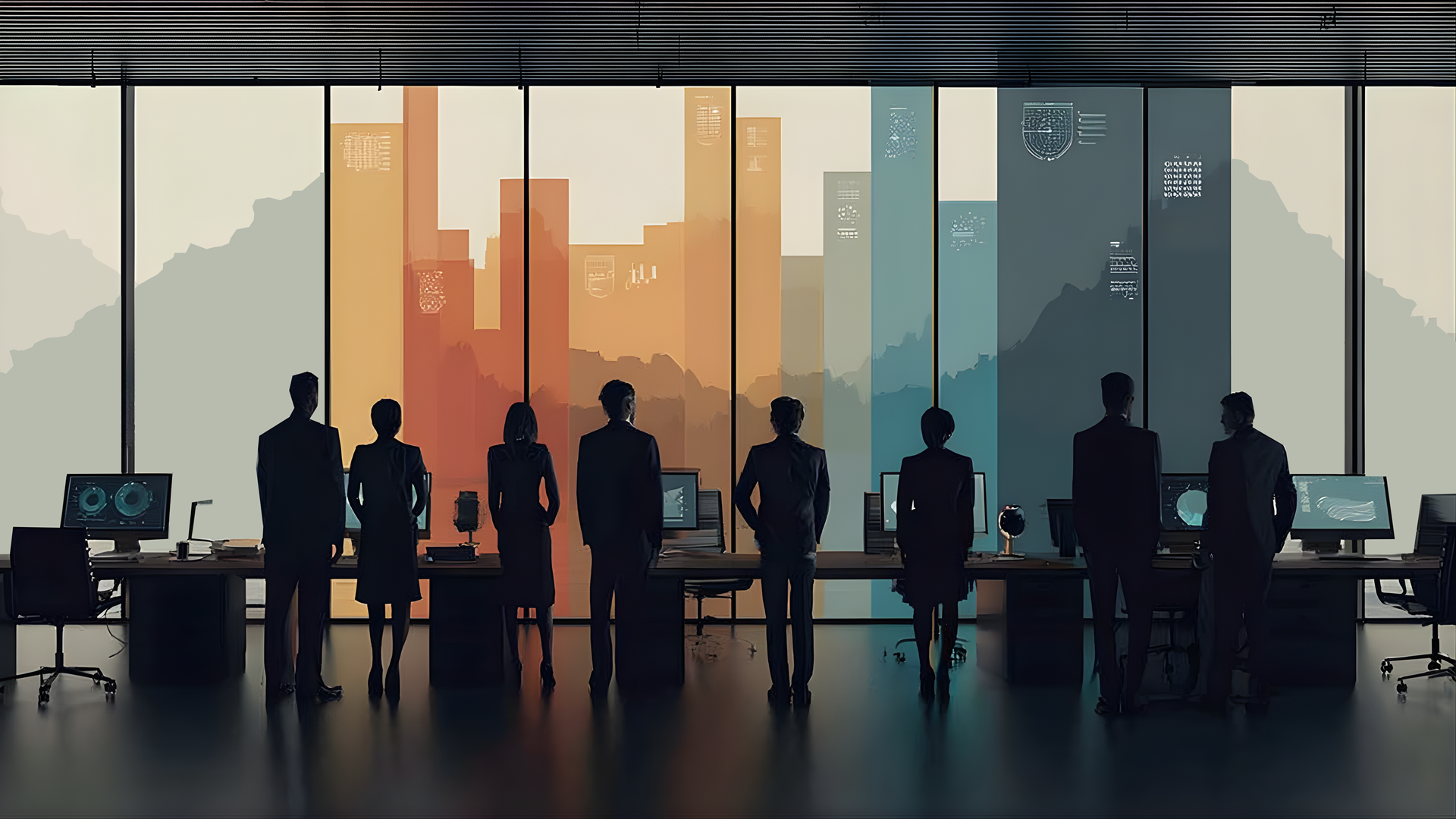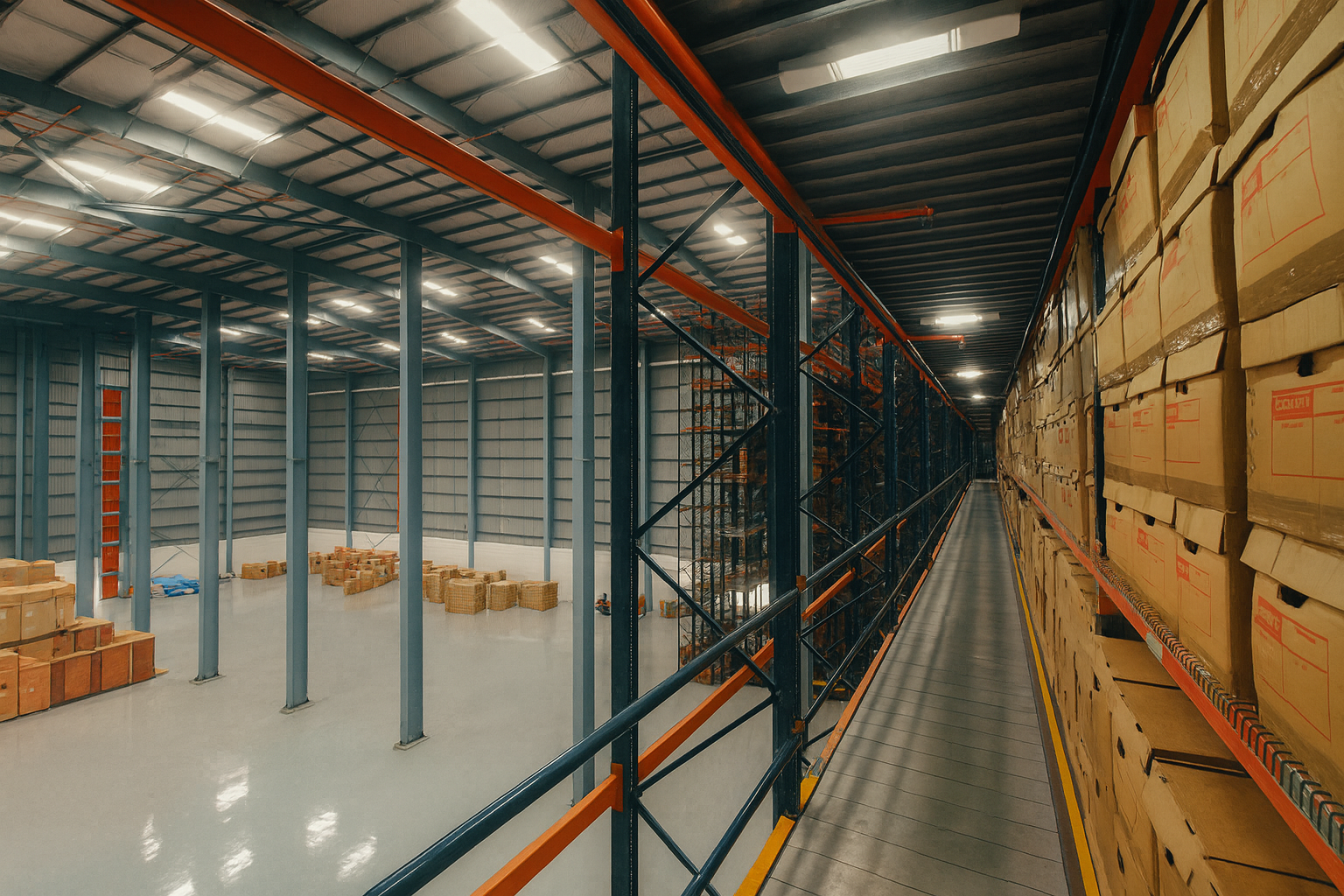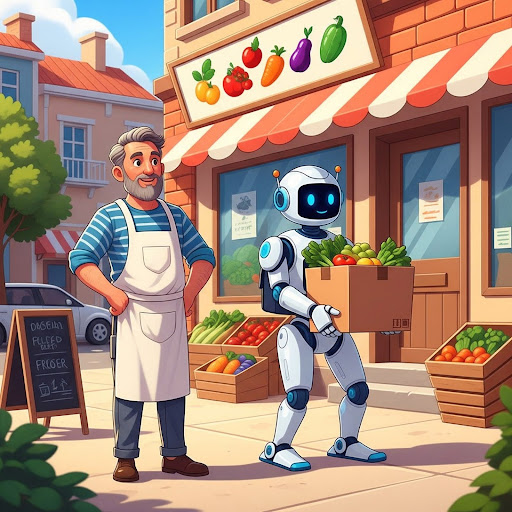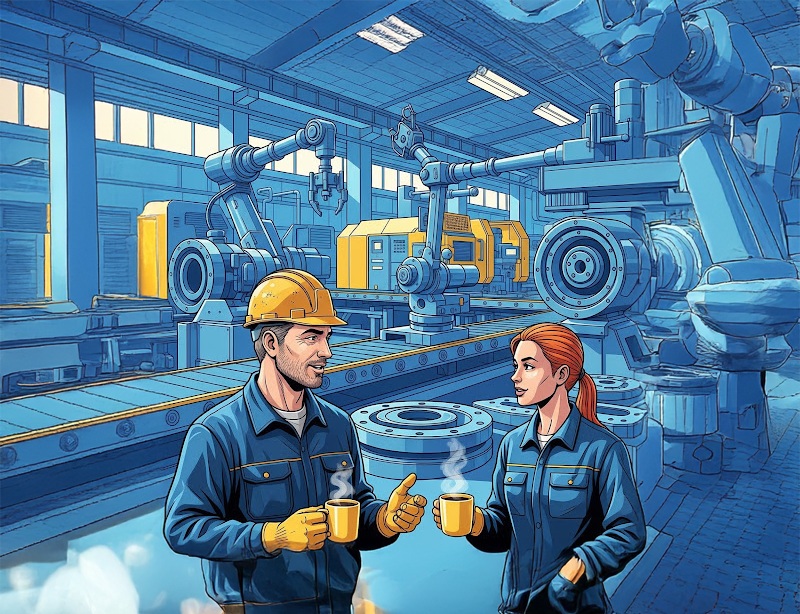Predictive Maintenance Agents are AI-driven programs that sort of work like the body’s regenerative system, repairing damage and wear before they cause serious failures. These intelligent agents rely on vast streams of sensor data, advanced analytics, and machine learning models to predict when machinery, infrastructure, or digital systems are likely to break down. But what if we could take this concept further—not just predicting failure, instead actually foreseeing shifts in entire systems before they happen?
The Self-Sustaining Factory
Imagine a factory where machines signal when they need maintenance and actively collaborate to optimize operations. In this vision of the future, Predictive Maintenance Agents evolve into Autonomous Optimization Agents—AI-driven entities that prevent failure, dynamically reconfigure workflows, adjust resource allocation, and even suggest design improvements for better efficiency.
Such a factory would operate like a living organism, constantly regenerating itself. Sensors embedded in every machine and structural component provide real-time health updates, feeding vast amounts of data into a central AI system. Machine learning models that analyze wear and tear and also inefficiencies in production lines, adapting in real time to balance workloads and reduce energy consumption. When an issue arises, the AI doesn’t just alert a technician—it proactively schedules a fix, reroutes production to prevent downtime, and orders necessary parts autonomously.
Beyond Reactive Maintenance
The transition from predictive to proactive systems marks a fundamental shift. Traditional predictive maintenance focuses on preventing failure, so AI could anticipate systemic shifts—market demand fluctuations, material shortages, or environmental factors—and adjust operations accordingly? This level of foresight would create a truly self-sustaining factory, where adaptation is continuous and operations remain resilient in the face of uncertainty.
For example, an AI-powered factory could foresee supply chain disruptions based on real-time global data, adjusting material usage before shortages impact production. It could optimize power consumption dynamically, switching to alternative energy sources based on cost and availability. Rather than waiting for faults to occur, an intelligent system might even suggest design changes that enhance durability and reduce waste, leading to more sustainable manufacturing.
The Role of Digital Twins
A crucial enabler of this vision is the concept of digital twins—virtual replicas of physical assets that evolve with real-world data. Digital twins allow AI to simulate potential failures, test optimizations before applying them, and refine processes with unprecedented precision. By integrating Predictive Maintenance Agents with digital twins, factories can explore countless what-if scenarios, ensuring the best possible outcomes without costly trial-and-error experimentation in the physical world.
Towards a New Industrial Paradigm
The future of predictive maintenance extends far beyond minimizing downtime. We are moving towards intelligent, self-regulating industrial ecosystems where AI-driven systems not only predict failures but continuously optimize and evolve. This paradigm shift won’t just improve efficiency—it will redefine how industries operate, making them more sustainable, resilient, and adaptable than ever before.
As we advance in AI, IoT, and machine learning, the line between maintenance and innovation blurs. The factories of tomorrow won’t just sustain themselves but continuously improve, ensuring they remain at the cutting edge of efficiency and sustainability.

